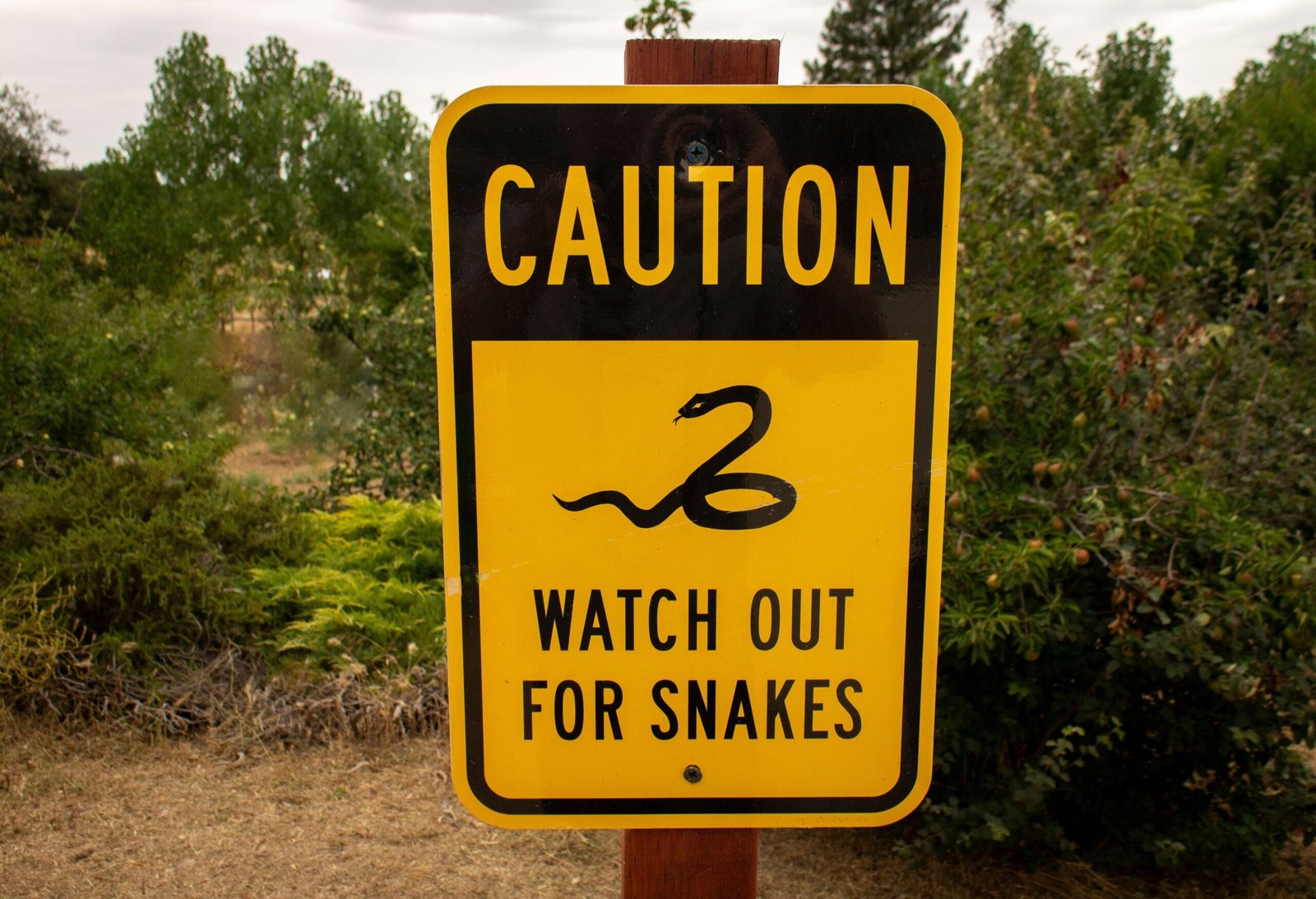Every parent dreams of creating magical outdoor memories with their children. The thought of exploring America’s stunning national parks together brings excitement and wonder. Yet, there’s one encounter that can turn adventure into anxiety: stumbling across a rattlesnake on the trail.
You may encounter a rattlesnake in numerous different national parks, including Shenandoah National Park in the East, Badlands National Park in the Midwest, and Joshua Tree National Park and Saguaro National Park in the Southwest. The reality is that these reptiles call many of our beloved parks home. However, this doesn’t mean you should cancel your family hiking plans. With proper knowledge and preparation, you can explore safely while teaching your children valuable wilderness skills.
Step 1: Dress Your Family for Success
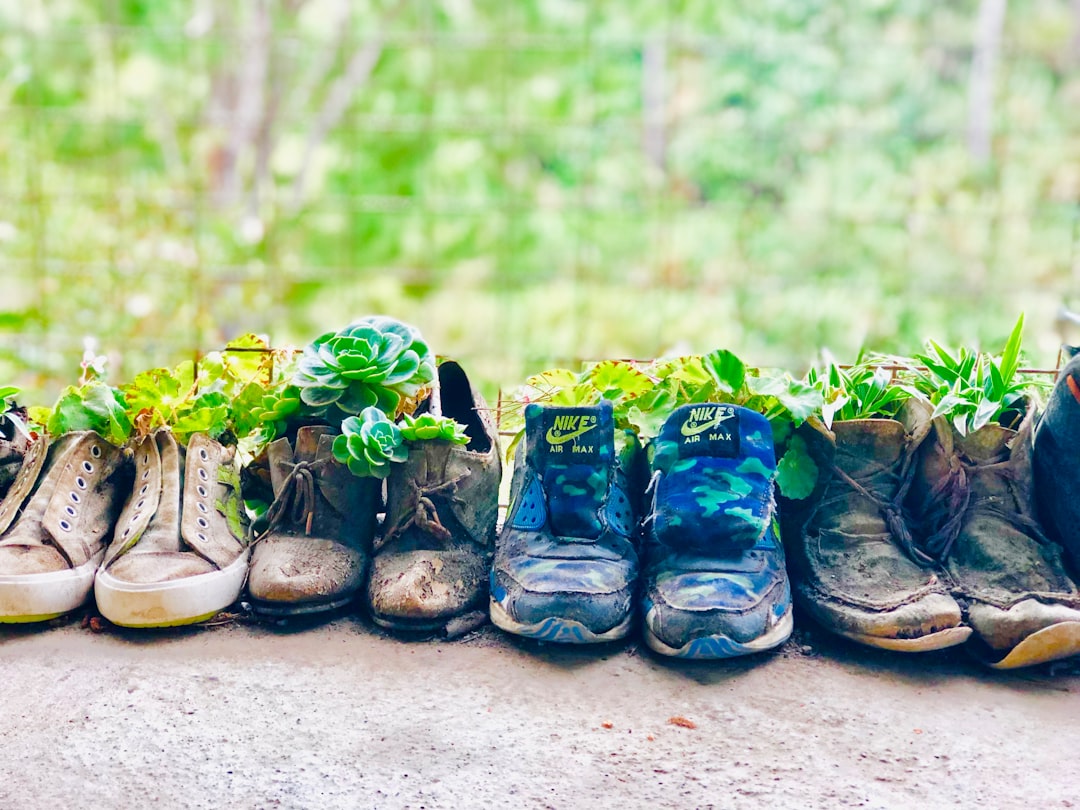
The foundation of rattlesnake safety starts before you even hit the trail. Wear long, heavy pants and boots when in snake territory, day and night, and avoid sandals or open-toed shoes completely. Wear ankle-high hiking boots, loose pants and thick socks to provide maximum protection for the most vulnerable areas.
Children should not wear flip-flops while playing outdoors in snake country. This simple rule could prevent a dangerous situation. Think of proper footwear as your family’s first line of defense.
Most reported bites occur on the hands, feet, and ankles. Sturdy hiking boots create a barrier that fangs often cannot penetrate, giving you precious seconds to react if an encounter occurs.
Step 2: Teach Your Children Snake Awareness

Children should be taught to leave snakes alone, the behaviors to avoid snake bite injury, and if they see a snake, to notify the adult supervising them. This education needs to happen before you enter rattlesnake territory, not during a tense moment on the trail.
Children are naturally curious (and fearless). They may pick up snakes or “play” with them if not coached. This innocent curiosity can quickly turn dangerous without proper guidance.
Create simple, memorable rules your children can follow. “Look but don’t touch” and “tell an adult immediately” are concepts even young hikers can understand. Start by explaining that these creatures are a significant part of our ecosystem and should never be disturbed or picked up, regardless of their size. Use interactive learning tools like books and videos to offer visual examples, making the process engaging for young learners. Encourage them to observe from a distance if they encounter one during outdoor activities.
Step 3: Practice Smart Trail Behavior
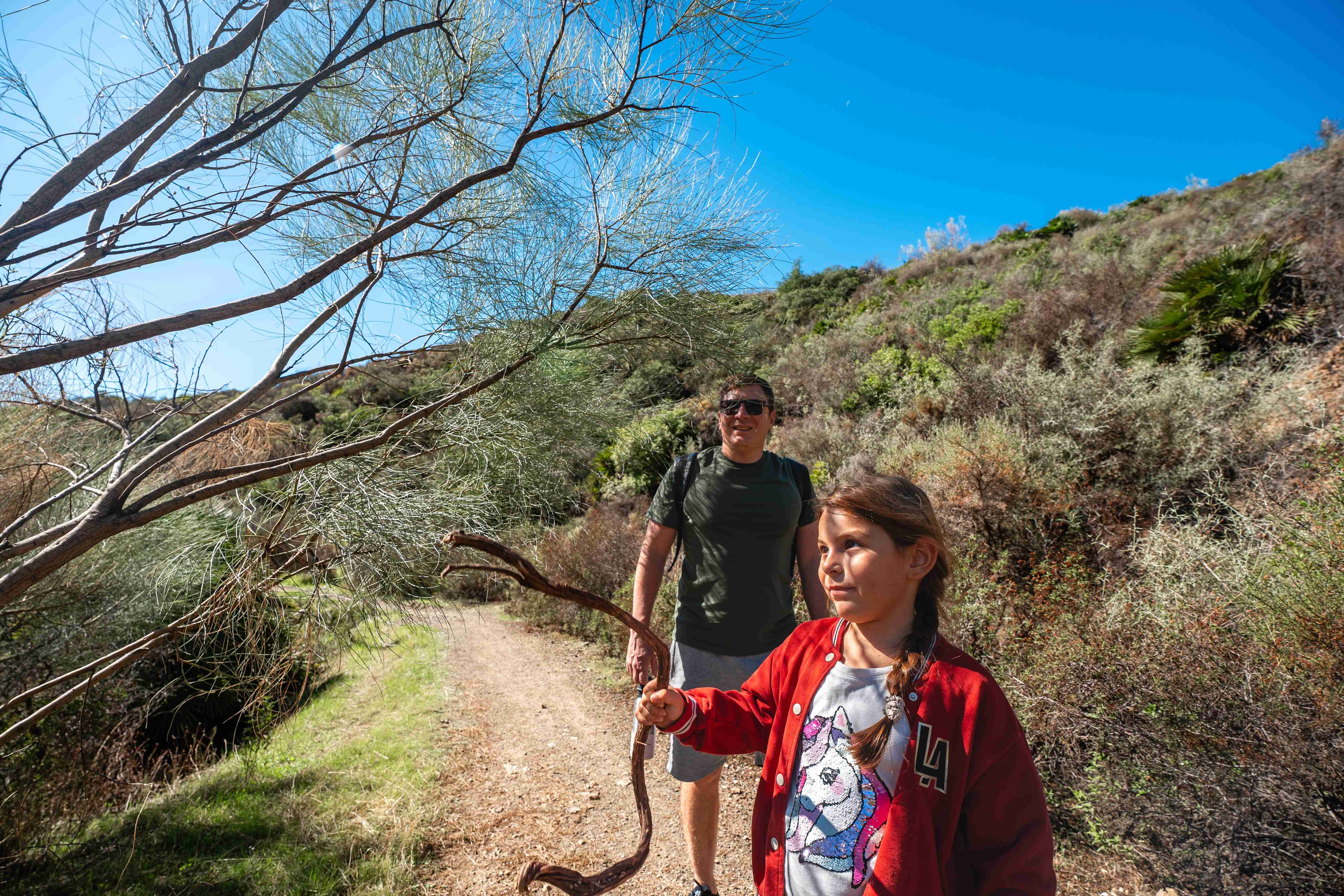
Stay together, keep children close and dogs on a leash. This single rule addresses multiple safety concerns at once. Do not let children run ahead on the trail. The temptation for kids to explore independently is natural, but maintaining visual contact is crucial in snake country.
When hiking, stick to well-used trails where visibility is better and snake encounters are less likely. Don’t step or put your hands in places you can’t see. This means avoiding tall grass, brush piles, and rocky crevices where snakes might rest.
Step on logs or rocks first, instead of directly over them. That way you have an opportunity to look at where you are stepping. This technique allows you to scan for potential hazards before committing your full weight.
Step 4: Know How to React During an Encounter
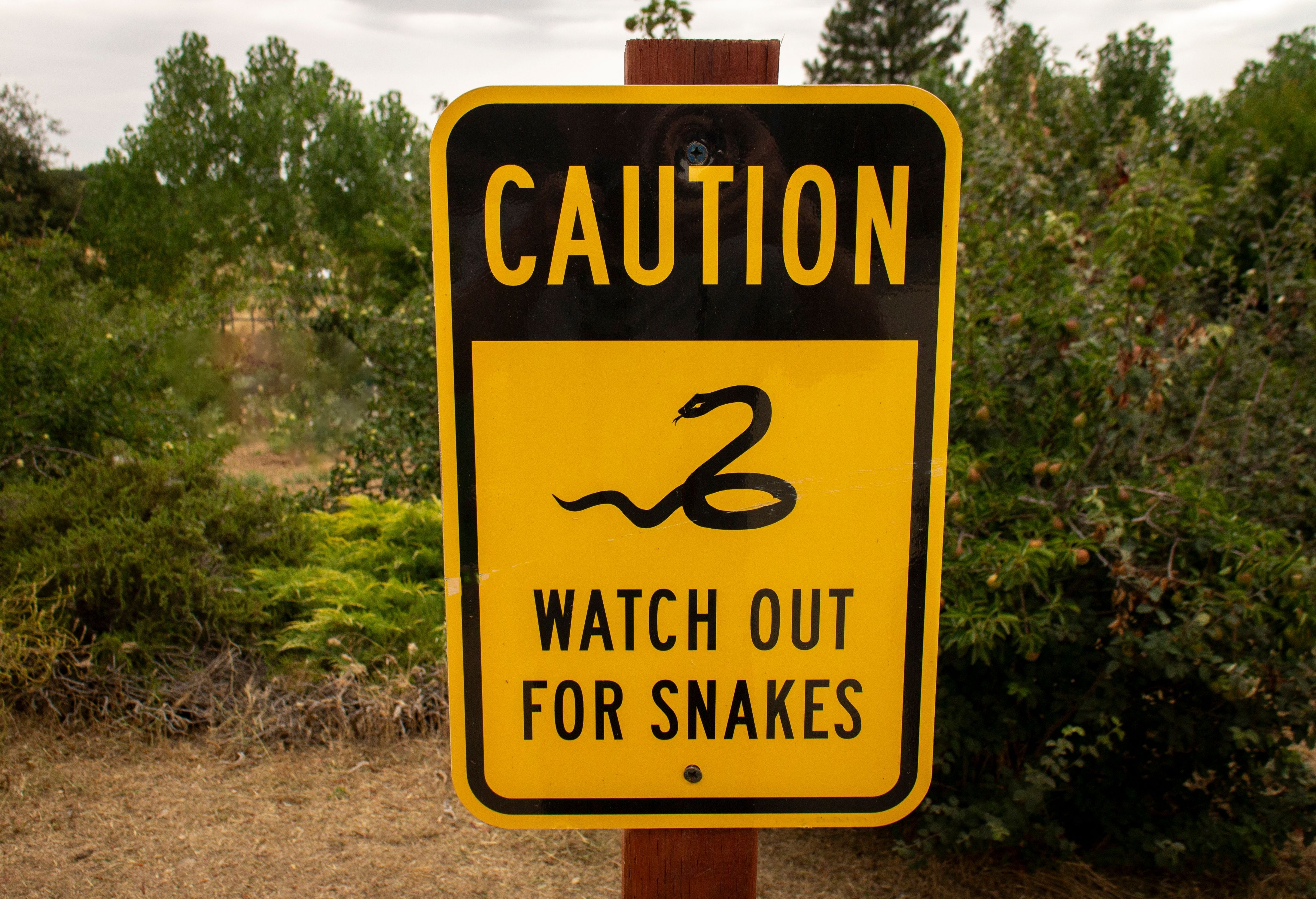
Despite your best precautions, you might still encounter a rattlesnake. Although they’re very common and venomous, it’s important to realize that they’re not aggressive. It’s okay – normal even – to be afraid of rattlesnakes, but there’s absolutely no reason for panic or hysteria when hiking in rattlesnake territory.
If you spot a snake, advise them to use caution and to avoid getting close to the snake. Keep children and pets away. If you come across a rattlesnake, calmly and quietly back up so you are out of the snake’s range (at least 5 feet). Some experts recommend even greater distances for maximum safety.
Rattlesnakes strike as a last resort and only when they feel threatened. Rattlesnakes aren’t aggressive to humans unless threatened or frightened. They eat mice and rodents and are shy of bigger animals. If they sense you, they will usually try to escape. Give them space to do so.
Step 5: Prepare for Emergency Response
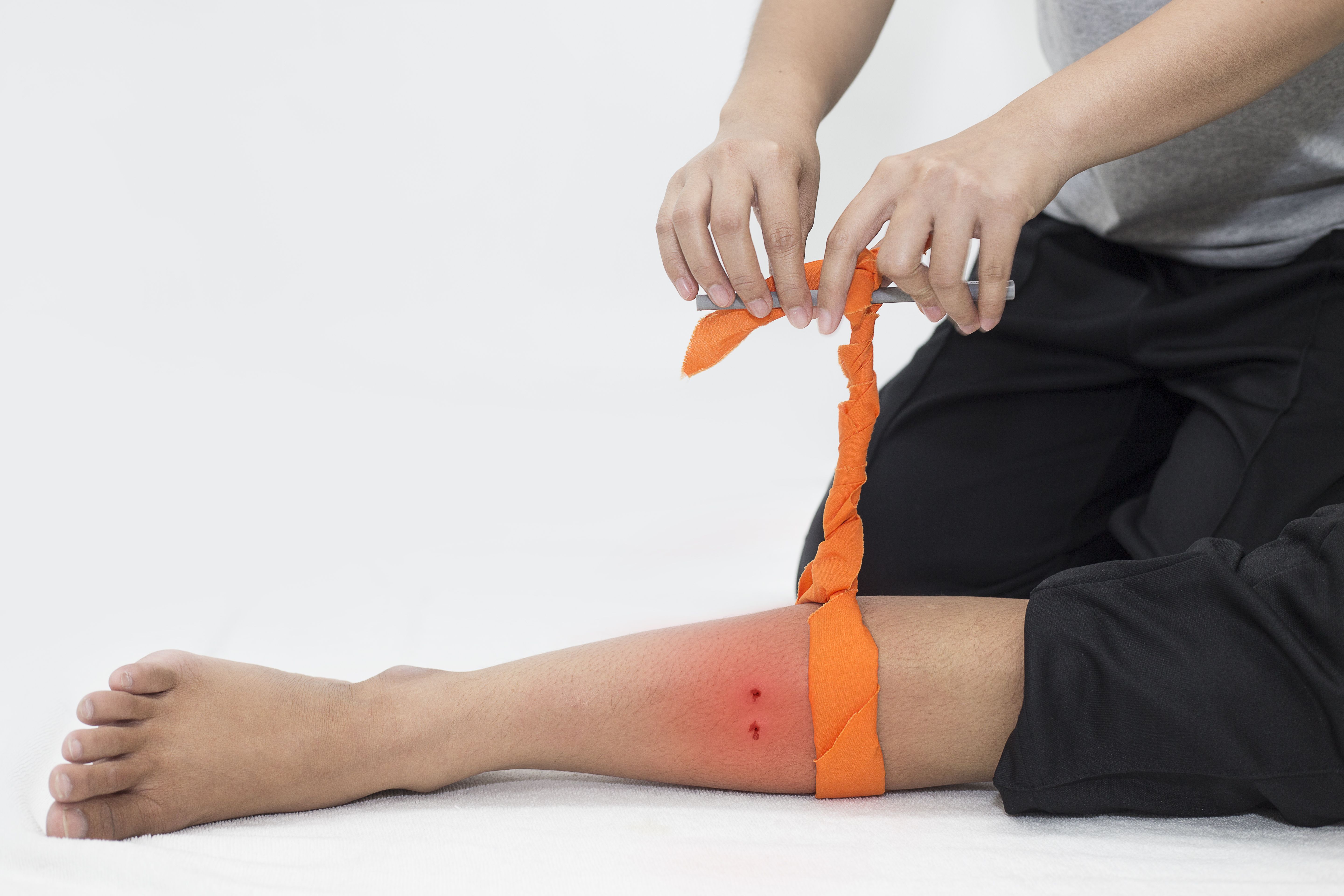
Children especially need quick medical attention if bitten, making preparation essential. Know where the nearest hospital, sheriff, Forest Service Station or other help is located in relation to where you’ll be. Have good maps and a compass so you can get to help in a hurry if needed.
If a bite occurs, stay calm! This is the most important thing to do after a rattlesnake bite while hiking, and keep the affected area below your heart to slow the venom from pumping to your heart. Movement will increase blood flow, which spreads the venom more rapidly. Snake venom spreads slowly throughout the human body. Try to keep your heart rate down to prevent the venom from spreading faster.
Get to the emergency room as quickly as possible. Most hospitals have an antivenom they can use to treat you with. Modern medical treatment makes rattlesnake encounters far less dangerous than they once were, but time remains critical.
The wilderness doesn’t have to be scary when you’re prepared. These five steps transform rattlesnake encounters from terrifying unknowns into manageable situations. Your family can explore America’s incredible national parks with confidence, knowing you’ve equipped everyone with the knowledge they need to stay safe.
Remember, according to wildlife safety experts, your chances of dying of a venomous snake bite is nearly zero. This is because of highly available quality medical care. So please do NOT let fear of rattlers stop you from enjoying your trails!
What outdoor adventures will you tackle with your family now that you’re armed with this knowledge?
